The Siege of Fort Detroit
All was set in May 1763 for an Indian uprising whose geographic extent and duration would surpass anything before or after in North America. The initial targets of Pontiac, the Indian mastermind behind the scheme, were nine British outposts, starting with Fort Detroit, the centerpiece of the region. Not coincidentally, this was the fort adjacent to Pontiac’s Ottawa village, with Potawatomi and Wyandot villages just across the Detroit River.
Fort Detroit was a square structure with a twenty-five foot tall log palisade wall and corner bastions containing about one hundred small houses for the 120-man garrison and 40 fur traders, plus warehouses for provisions. It was commanded by Major Henry Gladwyn, a capable British officer of fearless temper.
There were also two armed schooners at anchor just offshore in the half-mile wide Detroit River. Like all British outposts in the Great Lakes area, Fort Detroit was separated from other British forts by well over 100 miles, rendering them incapable of supporting one another, a fact not lost on Pontiac.
The general stratagem to be used by the Natives in their campaign was based on deception and cruelty, and in keeping with Native American “rules of war” which were significantly different from European concepts. While the British and French generally openly declared their intentions by declaring war prior to a conflict, the Indians highly respected the ability to deceive an opponent, even those with whom they were on friendly terms. In the native mind, the object of war was to destroy the enemy, and anything that worked to accomplish that goal was acceptable.
Native warriors also avoided costly frontal assaults and protracted battles, preferring to give up the field if necessary and living to fight another day. They viewed battles with too much risk as folly not bravery. As a result, tribes rarely dug in and defended their villages from attacks by British or American forces.
Mercy was unknown in Indian tactics where torture and brutality to the enemy, including to captives, was simply their idea of how warfare should be conducted. Native warriors gave no quarter, but, in their defense, they expected none. This mindset was so deeply embedded in their culture that torturing captives was a village wide event and participated in by one and all, women, children, and the elderly.
Harper’s Magazine. “Council Between Pontiac and Gladwyn.” The New York Public Library.
In any event, on May 7, 1763, Pontiac requested a council with Major Gladwyn, at which he planned to come armed with concealed weapons, surprise the British, and murder the entire garrison. Fortunately, the plan was discovered, and Gladwyn had the men stand to arms as Pontiac and his followers entered the fort. Surprised and frustrated at not finding a defenseless enemy, Pontiac quickly withdrew.
Two days later, Pontiac, professing love for his “English brothers,” asked permission for his band to enter the fort and smoke a peace pipe together. Wisely, Major Gladwyn barred the gate to Pontiac’s braves, and, at that repulse, Pontiac threw off his mask of friendship and the siege of Fort Detroit began.
Within minutes, the Ottawa fell on the home of an old English woman just outside the gate, butchering her and her whole family and moving on to any other Europeans they could find. The remaining approximately 900 warriors began to pepper the fort with musket fire but with little effect. Gladwyn, not comprehending the scale of Pontiac’s scheme, asked Pontiac to explain his actions.
The Ottawa chief replied that Gladwyn must surrender the fort or perish trying to defend it. The resolute commander told Pontiac to come and take it if he could, and the situation would remain largely unchanged for many months to come.
Aware that the western outposts were under threat but unaware that the Indian war had started, General Jeffery Amherst, the British commander-in-chief of North America sent a convoy of ships ladened with provisions and ninety-six soldiers west once the ice melted on the lakes. At roughly the same time, Major Gladwyn sent one of his two schooners east to inform Amherst of the deteriorating situation and to hasten forward reinforcements.
On May 30, eighteen ships sailed into view with the Union Jack flapping in the breeze, and the siege appeared over; but that was not the case. The ships were full of Indian braves in full war paint and being rowed by captured Redcoats. The vessels, under the command of Lieutenant Cuyler, had been sailing along the north shore of Lake Erie for about two weeks when they stopped just short of the Detroit River on May 28. Wyandot warriors, hiding in the dense forest, had been tracking them, and struck soon after Cuyler had beached the ships and set up camp.
Only two boats and about thirty men escaped the fierce onslaught; the rest were either killed or forced to row the remaining boats to Fort Detroit. Upon reaching their destination, the remaining captives met a gruesome fate. Each day, a few of the captives were tortured and then burned alive, and their bloated corpses tossed in the river so the garrison could see them float by. This daily occurrence finally stopped when the Indians ran out of prisoners.
Next week, we will discuss how Pontiac’s Rebellion spread across the region. Until next time, may your motto be “Ducit Amor Patriae,” love of country leads me.

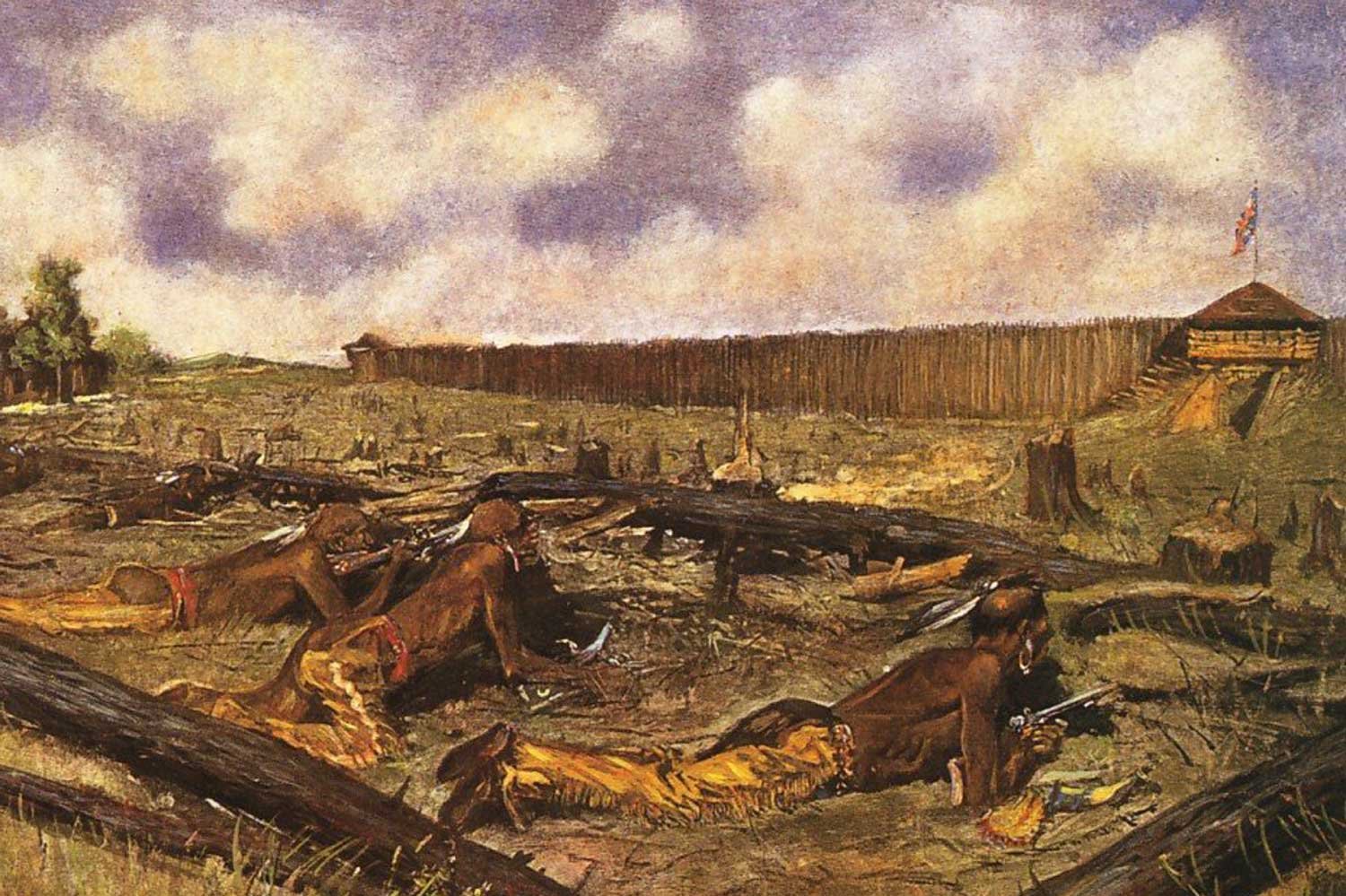

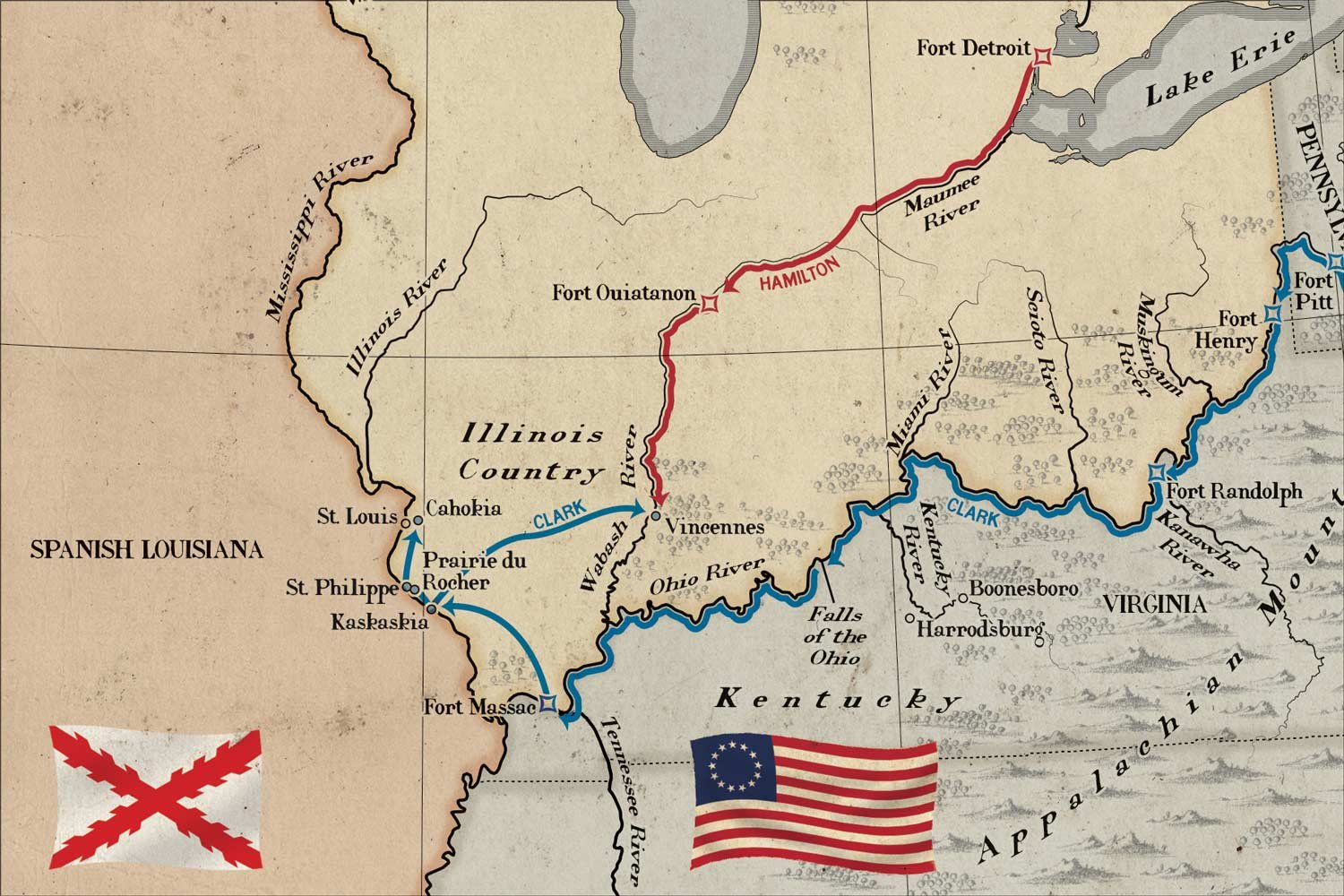
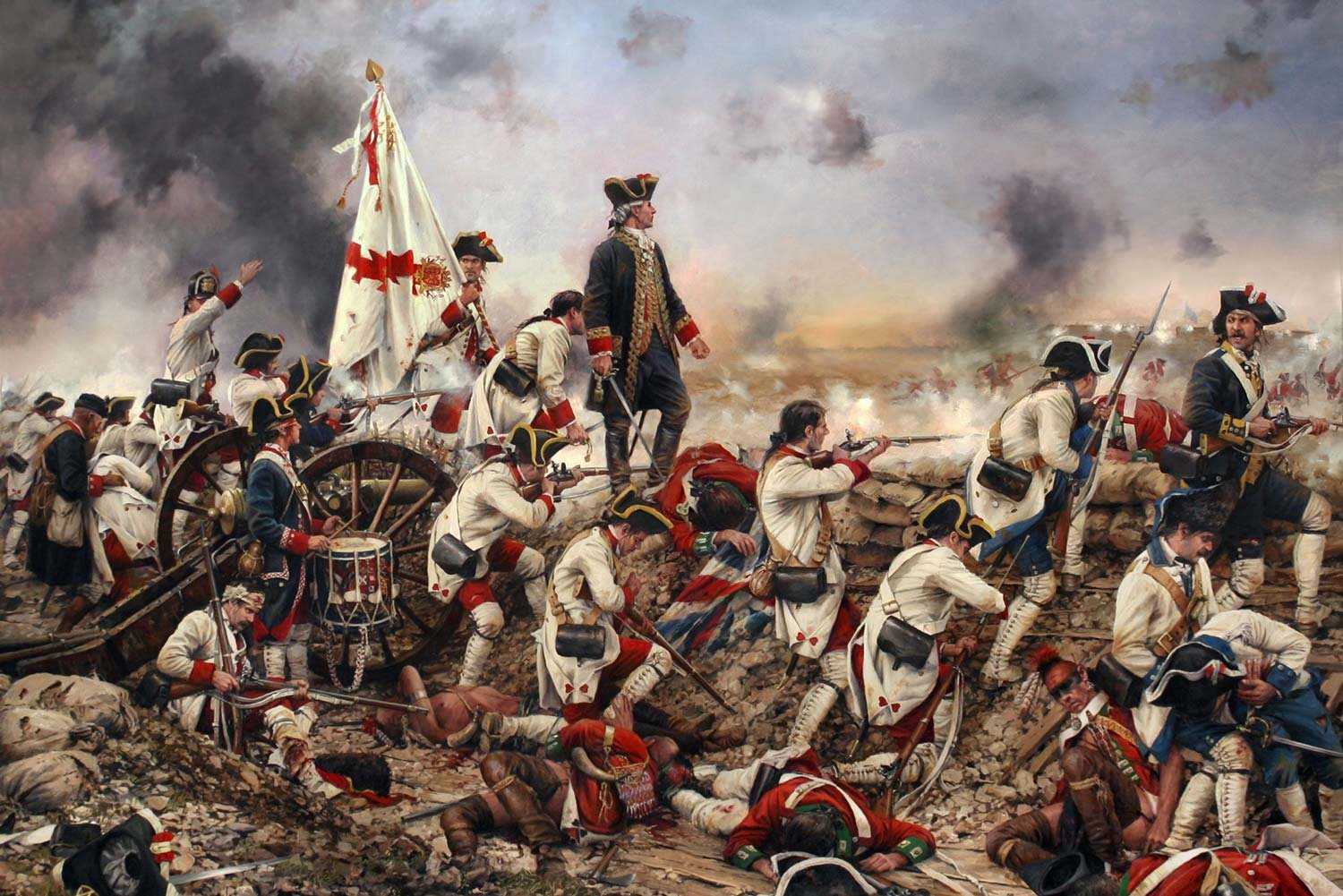
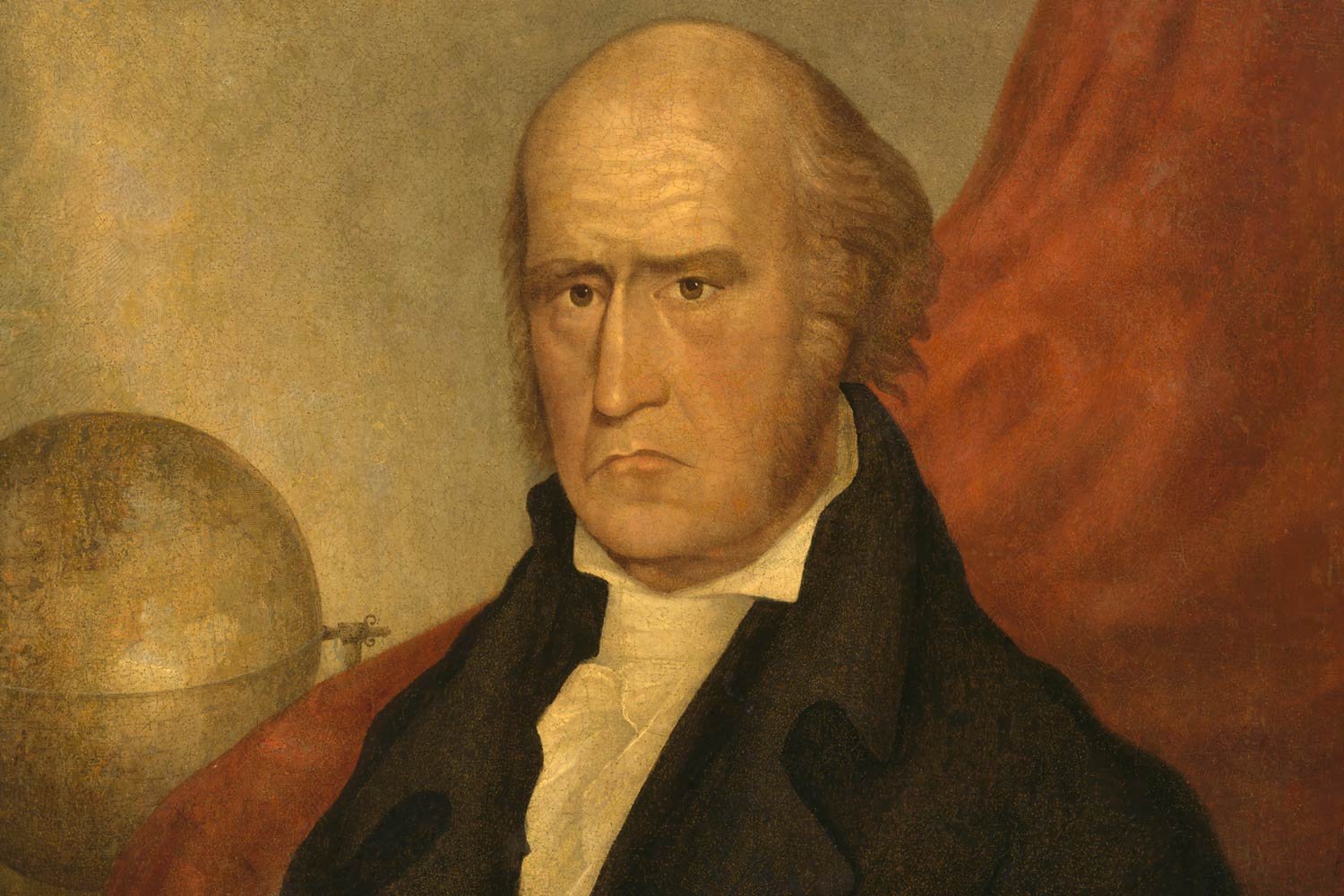
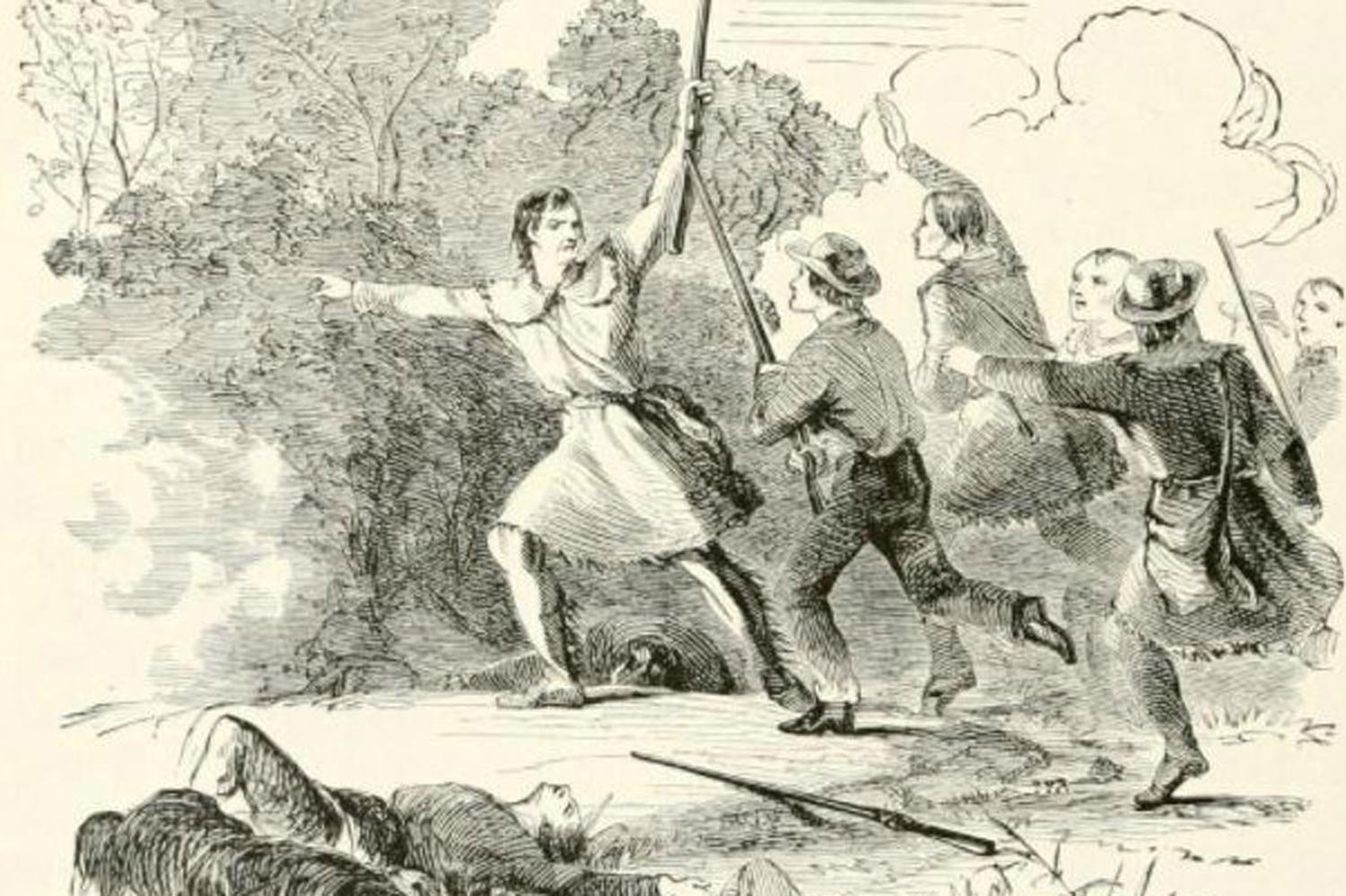

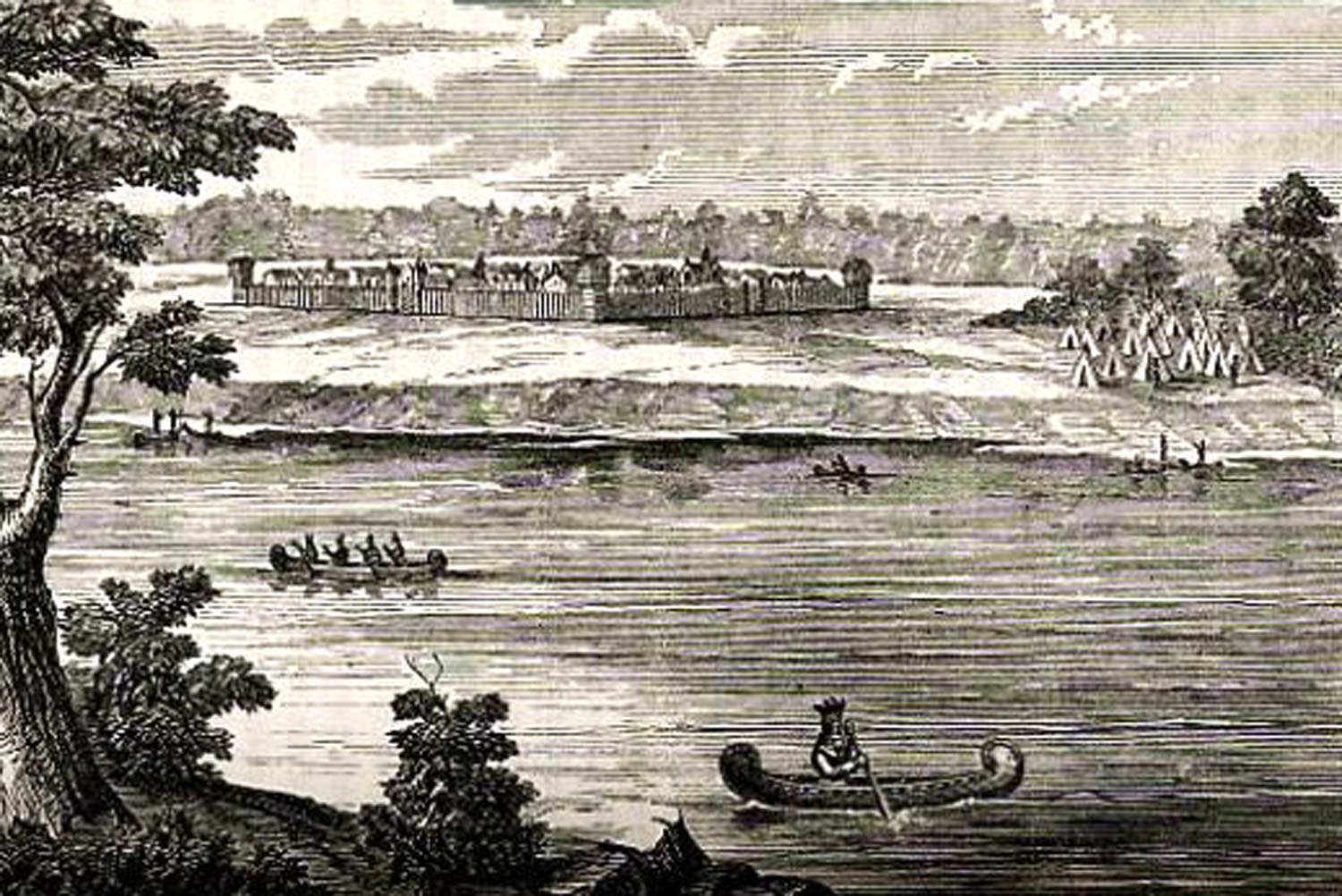
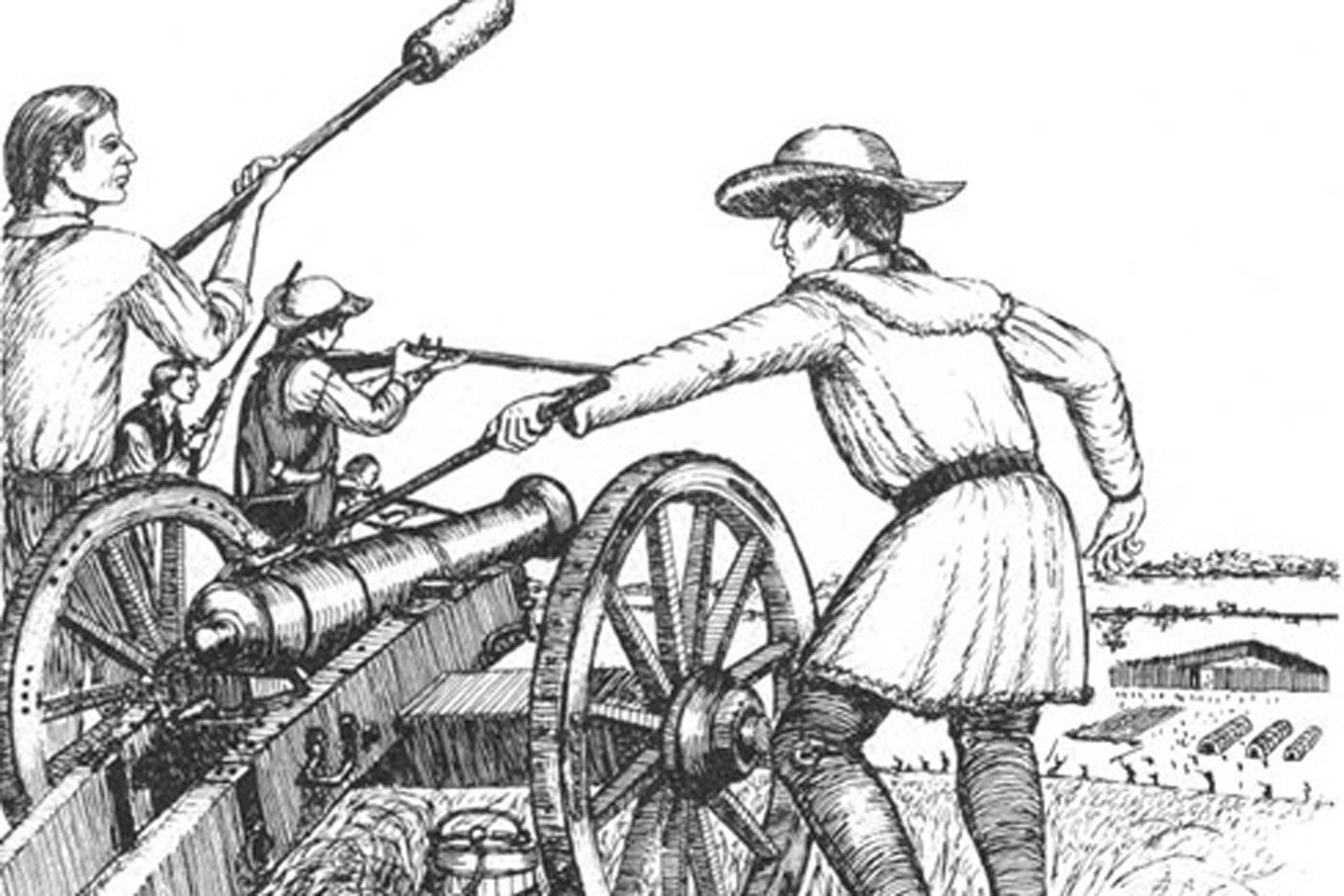

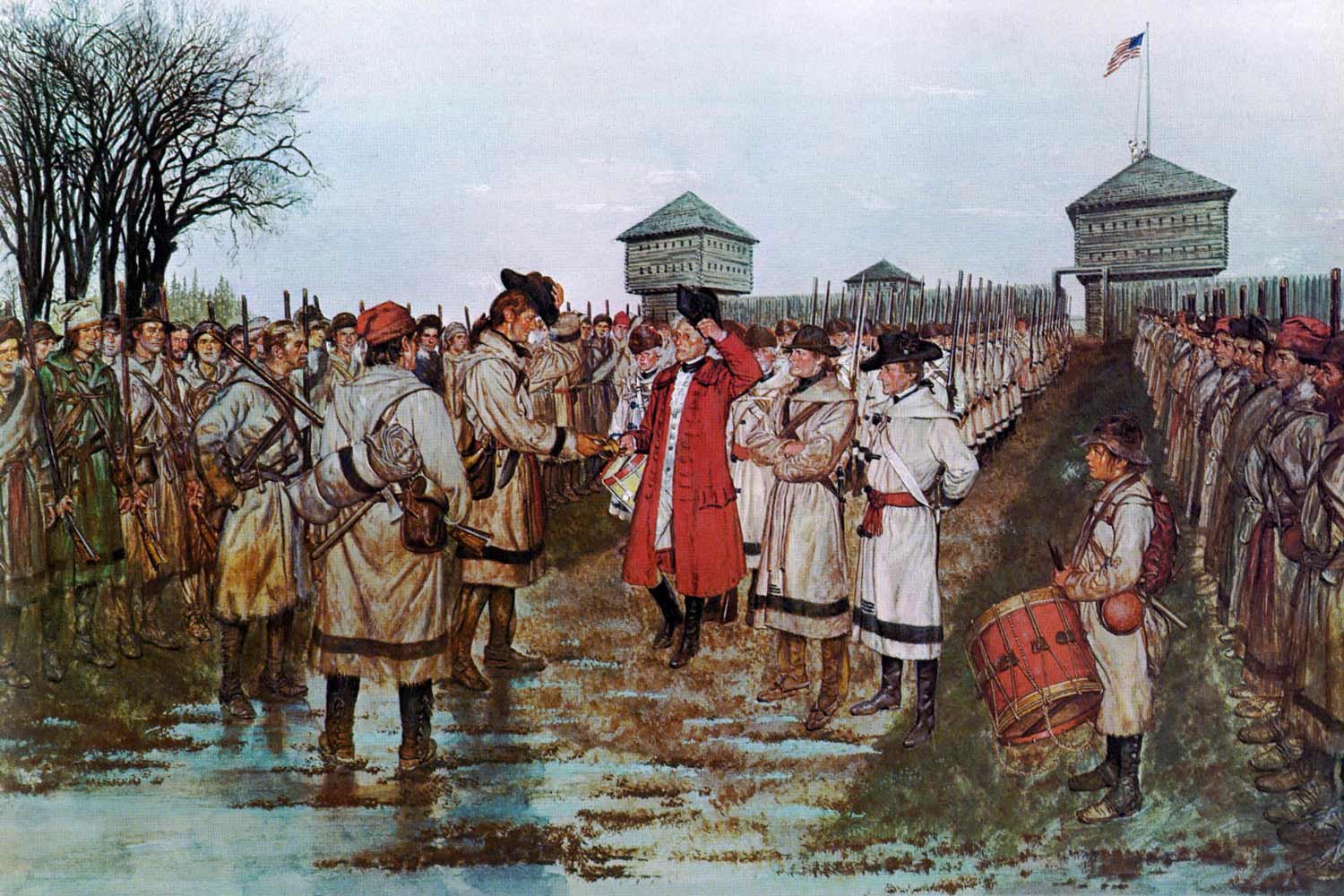
Because of Spain’s numerous possessions along the Gulf Coast and in Central America, France and Spain jointly decided to have Spain fight the British throughout the southern theater and in the Mediterranean, while France would send their soldiers and navy to help the thirteen American colonies. It is the reason why the French were at Newport, Savannah, and Yorktown while Spanish soldiers were not, leaving the mistaken impression in most American’s minds that France was our only ally in the American Revolution.